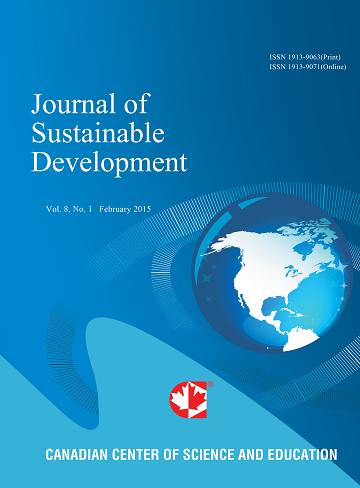Materials Used in the Construction of Artificial Reefs: A Bibliometric Review
- Camila Macedo Medeiros
- Eduardo da Cruz Teixeira
- Ricardo Filipe Mesquita Silva Mateus
- Gelmires Araujo Neves
Abstract
Artificial reefs (ARs) have been widely employed around the world as a strategy for marine conservation, biodiversity enhancement, and climate change mitigation. However, the selection and evaluation of materials used in their construction still lack standardization. This study presents a systematic and bibliometric review of the scientific literature on materials used in AR construction, focusing on sustainable, bioreceptive, and technologically innovative solutions. A total of 309 articles published from 2004 to 2024 were analyzed, retrieved from the Scopus and Web of Science databases using the Biblioshiny platform. The research included analyses of annual scientific production, keyword co-occurrence, thematic trends, and identification of the most relevant authors and institutions. As a novel contribution, a taxonomy of used materials was proposed, developed by a pattern-matching methodology based on Nickerson et al. (2013), and organized into five categories: natural, recycled, polymeric, cementitious, and innovative composites. The qualitative analysis highlighted the importance of concrete, which remains widely used but increasingly combined with industrial wastes and techniques such as 3D printing, self-healing concretes, and carbonation curing. Despite technical advances, only one study applied Life Cycle Assessment (LCA), revealing a significant gap in measuring the environmental impacts of these solutions. The originality of this review lies in its integration of bibliometric analysis, technical evaluation, and conceptual systematization of materials, providing a structured foundation for future research and practical applications. The development of more effective and sustainable artificial reefs depends on the adoption of integrated ecological and constructive criteria, as well as the broader application of robust environmental metrics.
- Full Text:
 PDF
PDF
- DOI:10.5539/jsd.v18n5p63
Journal Metrics
Index
- Academic Journals Database
- ACNP
- AGRICOLA
- ANVUR (Italian National Agency for the Evaluation of Universities and Research Institutes)
- Berkeley Library
- CAB Abstracts
- CNKI Scholar
- COPAC
- CrossRef
- DTU Library
- EBSCOhost
- Elektronische Zeitschriftenbibliothek (EZB)
- EuroPub Database
- Excellence in Research for Australia (ERA)
- Genamics JournalSeek
- GETIT@YALE (Yale University Library)
- Ghent University Library
- Google Scholar
- Harvard Library
- INDEX ISLAMICUS
- Infotrieve
- Jisc Library Hub Discover
- JournalGuide
- JournalTOCs
- LOCKSS
- Max Planck Institutes
- MIAR
- Mir@bel
- NewJour
- Norwegian Centre for Research Data (NSD)
- Open J-Gate
- PKP Open Archives Harvester
- Pollution Abstracts
- Publons
- Pubmed journal list
- RePEc
- ROAD
- SafetyLit
- Scilit
- SHERPA/RoMEO
- Standard Periodical Directory
- Stanford Libraries
- UCR Library
- Ulrich's
- UniCat
- Universe Digital Library
- UoS Library
- WJCI Report
- WorldCat
- WorldWideScience
- Zeitschriften Daten Bank (ZDB)
Contact
- Sherry SunEditorial Assistant
- jsd@ccsenet.org
